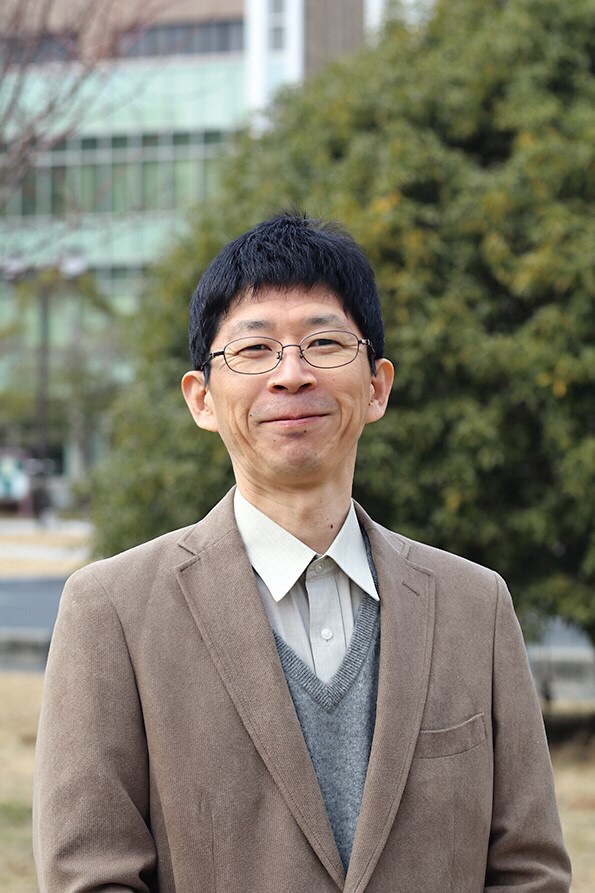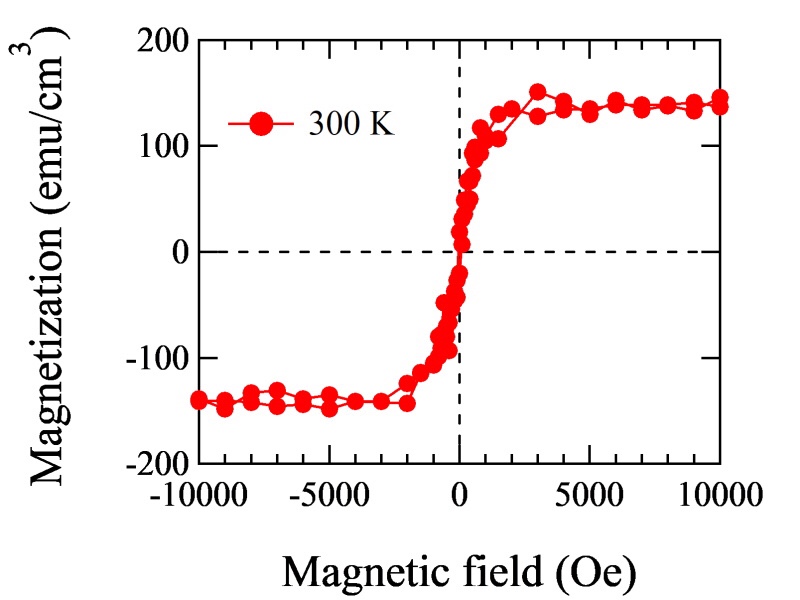
冈山大学跨学科科学研究所村冈雄二副教授

图1. Q碳的表面图像。丝状亮部为Q碳
图2. Q碳的室温铁磁行为。
冈山大学:用KrF准分子激光器成功地生产了新的碳材料Q碳
-有望发展为能源材料-
冈山大学
2020年7月30日
◆演讲要点
超越世界,
成功地复制了新的碳材料Q-carbon。
对于Q碳生产,原始碳和热性能,
严格控制照射激光的强度非常重要,
预计将加快关于节能和使用Q碳的能源的研究。
冈山大学:村冈研究组
在世界上,我们第一次成功地生产了一种极难生产的新型碳材料,即Q碳。
它还为建立生产Q碳的方法提供了指导。
研究结果发表在2020年6月25日的科学杂志“ Carbon”的电子版上。
Q碳:
这是2015年报道的一种新型碳同素异形体。
室温铁磁性,
发光能量少
硬度超过钻石,
硼掺杂引起的超导性(添加)
它表现出独特的特性。
常规:不生产Q碳
使用激光可以通过非常短的过程生产Q碳。
但是,其生产极为困难。
到目前为止,除发现者集团外,没有其他制造Q碳的实例。
这次:第一次生产Q碳
这次,研究小组开发了使用纳秒激光的制造工艺。
尤其是,我们针对冷却程度进行了一项实验。
生产结果:
我们通过“严格控制熔融碳的淬火程度”成功生产了Q碳。
要制造Q碳,
原料碳的热性质
照射激光的强度
揭示了严格控制很重要。
冈山大学
http://www.okayama-u.ac.jp/tp/release/release_id751.html
Formation of Q-carbon by adjusting sp3 content in diamond-like carbon films and laser energy density of pulsed laser annealing
Abstract
In this study, we prepared Q-carbon by adjusting the sp3 content in diamond-like carbon (DLC) films and the laser energy density of pulsed laser annealing (PLA).
The amorphous DLC films
were fabricated on sapphire Al2O3(0001) substrates using a pulsed laser deposition technique with a KrF excimer laser (λ = 248 nm).
The sp3 content in the films
varied between 20% and 42% by changing the laser energy density. Subsequently, PLA was performed on the DLC films by using the KrF excimer laser with energy densities between 0.5 and 1.2 J/cm2.
The prepared films
were characterized using scanning electron microscopy, Raman spectroscopy, and magnetization measurements.
Consequently, for the combination of 20% sp3 content and laser density of 1.0 J/cm2, as well as 42% sp3 and 0.5 J/cm2,
the films showed the characteristic features of Q-carbon:
filamentary nanostructures, the presence of a T band in the Raman spectrum, room-temperature ferromagnetic behavior, and ∼80% sp3 content.
The results indicate that Q-carbon
can be obtained by using a proper combination of sp3 content in DLC films and an appropriate PLA energy density.
This study provides important guidance for establishing a preparation method for Q-carbon.
ScienceDirect
https://www.sciencedirect.com/science/article/abs/pii/S0008622320305923
